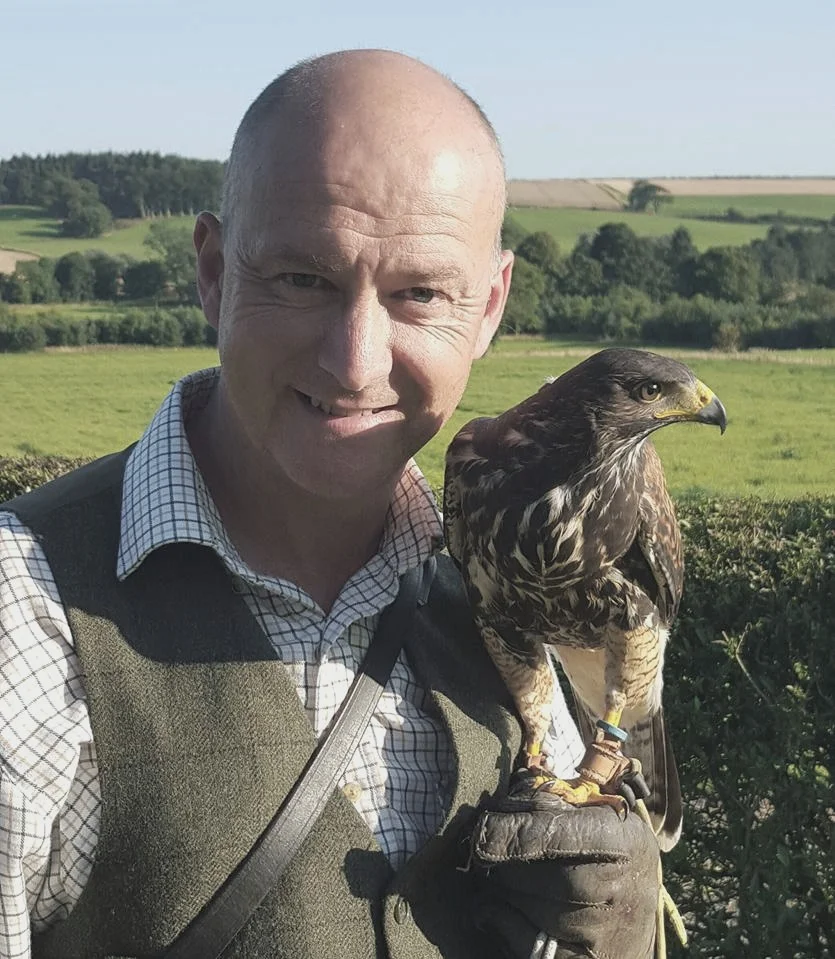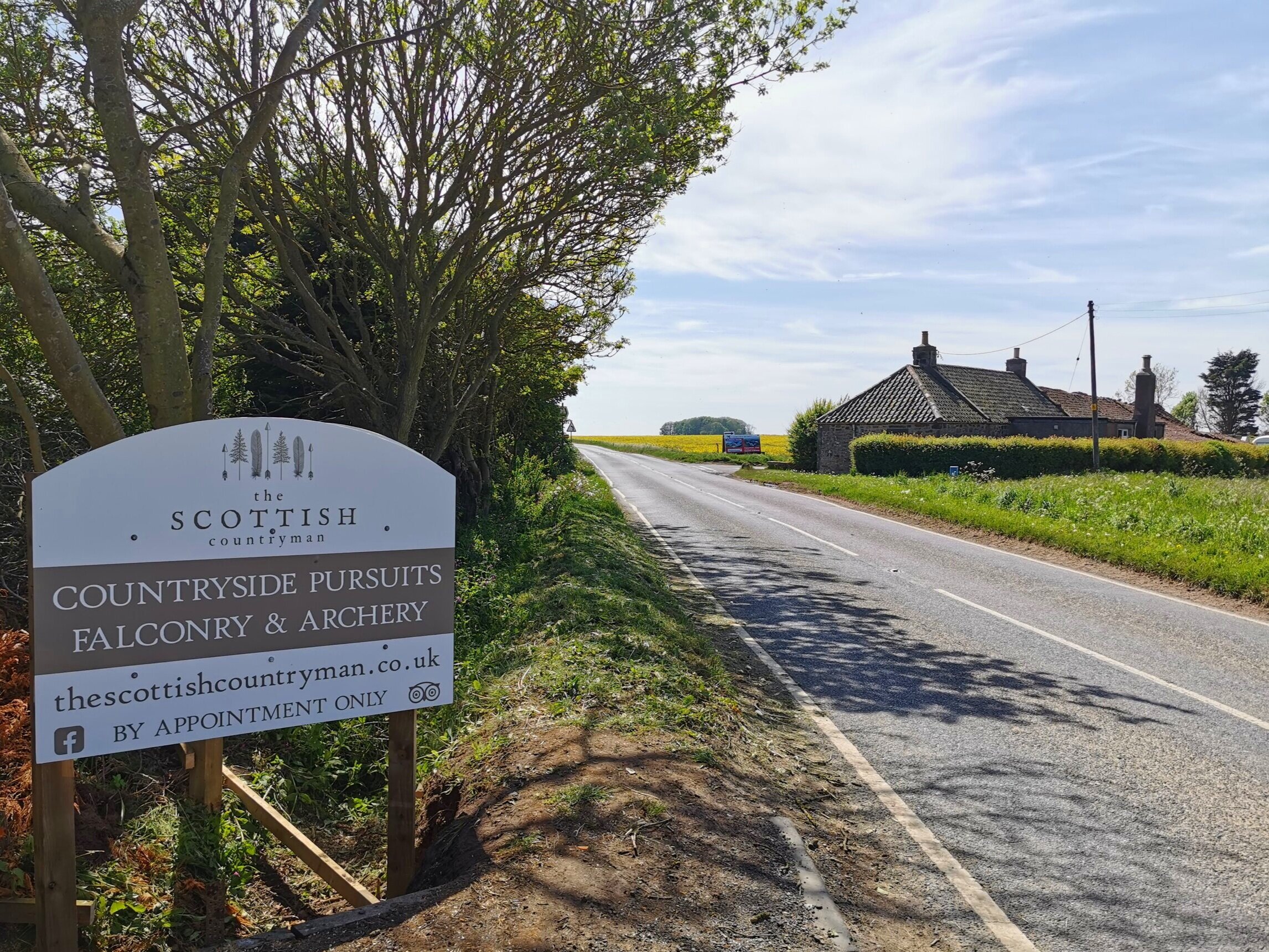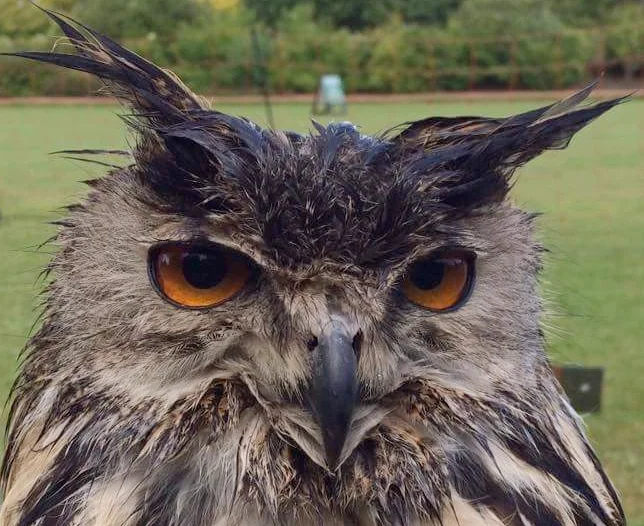Something you’d never normally see a Peregrine do in the wild
/It’s a little-known fact that birds of prey are not big on drinking water.
Birds of prey get most of the water they need through the prey that they eat and they stay hydrated for longer because they have no sweat glands, so they seldom need to risk drinking from a water source. In fact, so unusual is it for raptors to drink that most falconers would be concerned about a ‘thirsty’ hawk, recognising that it may be a symptom of an unwell bird.
So what’s with the water that’s beside every bird when you see them out on our weathering lawn?
Simple: it’s the bird’s bath. Something that most birds of prey do like to do is bathe!
Why do birds of prey bathe?
Not just birds of prey - all birds like to bathe and it’s to do with feather maintenance. Feathers are the most important part of being a bird, of course. As well as enabling flight, feathers also insulate birds (scientists believe that warmth was the primary function of feathers - did you know that? We’ll cover feathers in a separate post - they’re fascinating!) and, of course, feathers provide birds with an amount waterproofing, with the amount depending on the species.
Birds change out their feathers once or twice a year in a process known as the moult. But in between this annual or bi-annual refresh, all birds have to work hard to keep their feathers in good condition to enable them to hunt and evade, to fly and flee.
Weather, bugs, bacteria, occasional bumps and even bad health can all affect the condition of a bird’s feathers and any damage needs to be repaired as soon as possible if a bird of prey is to stay healthy enough to hunt.
How do birds of prey clean their feathers?
Well, there’s the daily process of preening, which involves the bird using oil taken from the preen gland (uropygial gland) and swiping it along the the feathers to realign them - a bit like using Bryll cream and a comb! The preen gland is located at the bird’s tail, so you’ll notice him twist round to collect some oil on his beak before lifting a feather a sliding it firmly through his beak to coat it in the oil.
And then there’s also a good old slosh about in water!
A bird bathes to make its feathers damp and loosen dirt, making it easier to preen. Whilst you may well have seen garden birds enjoying dust baths and water baths, the sight of raptors bathing is something that you’d never ordinarily be able to see in the wild - it’s too high risk!
Why is bathing risky for wild birds of prey?
Any bird in a bath, whether a bird of prey or a song bird, is in imminent danger: his attention is diverted and he’s probably low down, at a huge disadvantage of attack from above. He’s also deliberately getting his feathers wet and that will make him slow to take off and not nearly as agile in flight
All of that means that getting this kind of access to a bird of prey when it’s in such a vulnerable state would simply not be possible in the wild. A bird of prey’s phenomenal eye sight means it will see you long before you see it and, if it knows you’re there, it won’t risk a bath!
Not exactly flight-ready! Logan after his bath
Our Peregrine Logan, however, is a captive-bred bird - like all birds used in falconry in the UK - and he’s well used to seeing people. That makes him largely unperturbed about bathing in front of us and, on this particular Spring day, he really went to town with his wash!
So, enjoy these clips of Logan, a tiercel peregrine, as he drenches his feathers in the bath ahead of a good old preening session, maintaining his pristine feathers to ensure he’s feather-perfect for his next flight.
Logan the Peregrine taking a bath
Starting slowly, cautious and checking around him all the time to be sure his surroundings are safe, the Peregrine begins his bath…
When he gets going, properly, the bird works hard to wet all of his feathers, soaking them thoroughly from top to tail! The reason you’ll see Logan rocking back and forward, bobbing in and out of the water so much, is that birds’ bones are hollow and this makes them very buoyant, so they can’t just ‘dunk’ and stay down!
And finally, Logan begins the process of drying. Vigorously shaking the excess water off himself first, the tierel Peregrine extends his wings, beating them fast in the warm spring sunshine. He’s careful to keep an eye on his surroundings, still checking there’s nothing threatening overhead, moving around to spy as he dries.
How often do the birds bath?
It depends on the bird. Some of my birds absolutely love a bath - Altai my Golden Eagle will take up to three baths a day; Luna the Barn Owl, on the other hand, hates a bath and rarely goes in above her feet! Falcons like Logan are usually fanatical about feather maintenance, though, so - on average, you’d expect them to bathe every few days and to preen every day.
So, there you have it: a Peregrine bathing! Not something you’d ever normally see a Peregrine do in the wild.
If you have any questions or comments about this post, I’m always happy to hear from you.




















